Useful Vim Hotkeys
Spending 8 Hours a Day on the Keyboard? This Article is for You.
In this article, I will discuss the minimum commands that I use daily.
What is Vim
Vim is a program, a text file editor. In almost all Linux distributions, vi is installed (“vim” - “VI iMproved”). It has several modes: “text input”, “editing”, “navigation”, and “text selection”.
Spoiler - How to Exit vi(m)?
:wq - save and exit
:q - exit
Hotkeys
Hotkeys are key combinations. In vi, each separate key can be combined with another, forming a combo of actions. For example, 7dt, - delete (d) 7 times until (t) a comma (,). They are pressed sequentially, not simultaneously.
Navigation Mode
To enter navigation mode from any mode - esc.
On opening vi, you are greeted by a thick cursor, as if insert mode is activated - command mode and text navigation. At the same time, if you use the 10-finger typing method, your fingers automatically lie on the main navigation keys:
h,j,k,l - left, right, up, down
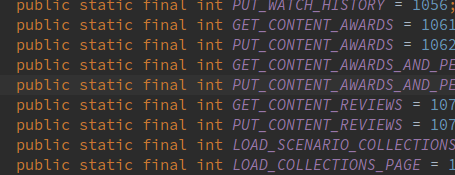
Combined with ctrl:
ctrl+u - scroll up a screenful
ctrl+d - scroll down a screenful
Word navigation:
w - to the beginning of the next word
b - to the beginning of the previous word
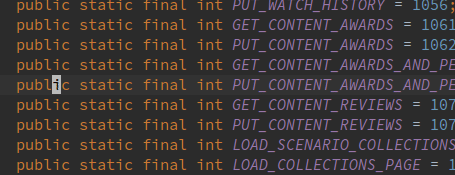
Navigation with search:
f+any_character - find, moves the cursor to the first found character in the current line
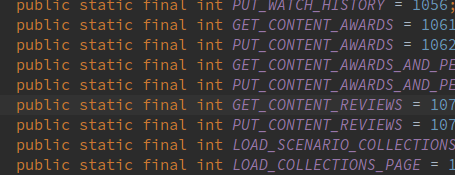
Command Input Field
shift+: - opens the command input field
In this field, you can, for example, perform a full-text search and replace throughout the document:
%s:regex_to_find:replacement_text - search for regex_to_find and replace with replacement_text, the : delimiter can be any character of your choice
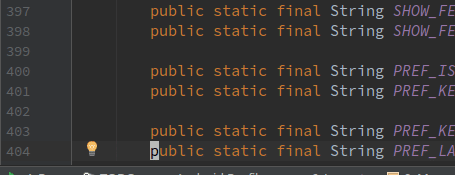
Jump to any line by number:
123 - line number, press enter and the cursor moves to line 123
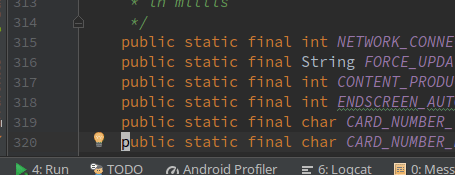
It’s convenient when you need to quickly jump to the beginning shift+:,1,enter - moves the cursor to the start
Insert Mode
Enter text input mode with the key:
i - insert, enter text input mode
a - after, place the cursor after the current character and enter text input mode
Commands with shift:
A - put the cursor at the end of the line and enter text input mode

Editing Text
d - delete, used in combination with other commands for deletion:
dd - delete the entire line under the cursor

dw - delete to the end of the word under the cursor

db - delete to the beginning of the word under the cursor

dt,symbol_to_delete_until - deletes everything until the specified character within the line
df,symbol_to_delete_until - deletes everything to the character, including the character itself

x - cuts the current character and places it in memory

p - paste, inserts what was in memory at the current cursor position or replaces selected text
with shift:
D - delete to the end of the current line
 combo:
combo:
di,bracket symbol { or [ or ( - delete inside the brackets, the cursor must be inside the expression in the brackets

Text Selection
v - enter text selection mode

After entering selection mode, you can move the cursor to expand the selection area. With shift:
V - enter line-by-line text selection mode

C ctrl:
ctrl+v - enter selection mode with arbitrary cursor movement. The cursor can be moved vertically, and the selected block will be a rectangle where one corner is the start of the selection, and the opposite one is where the cursor will be placed

Commands to modify text can be performed on the selected area.
Selection can be made with combinations:
vi,bracket symbol { or [ or ( - v makes a selection, i indicates that the selection should be made inside the brackets
